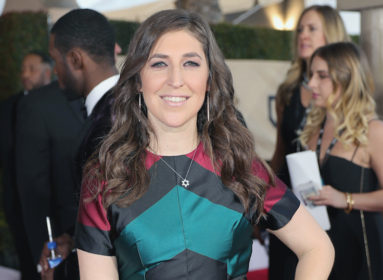
By Andrew Silow-Carroll
NEW YORK (JTA) – A summer away at camp provides escape, romance, nature, slapstick, self-realization and a varied cast of characters thrown together in a hothouse atmosphere – all grist for a fiction writer. Camps also kept pace with the generations of writers who spent their summers there. The first wave of camps offered inner-city kids fresh air and a break from their often overcrowded homes. The next wave offered Jewish education and acculturation, from left-wing, politically conscious Workmen’s Circle camps to Zionist camps like Habonim Dror’s Camp Naaleh to denominational camps like the Conservative movement’s Camp Ramah. Modern camps come with more bells and whistles, but still remain factories for Jewish memories.
Here are seven works that capture the summer camp experience, for better and for worse.
City Boy: The Adventures of Herbie Bookbinder
by Herman Wouk (1948)
The author of The Caine Mutiny looks back on the pains and pleasures of growing up in the Bronx in the summer of 1928. Chubby, awkward Herbie Bookbinder connives to spend the summer at Camp Manitou in the Berkshire Mountains, which is run by his school principal, in hopes of wooing the red-haired girl of his dreams. The plot revolves around Herbie’s attempt to construct a crowd-pleasing attraction for the camp’s annual Mardi Gras carnival.
The Break-up of Our Camp
by Paul Goodman (1949)
Goodman was a leading Jewish New York intellectual who in the 1960s became a guru of the anti-Establishment. His fiction includes this collection of autobiographical stories set at a soon-to-go-broke Jewish summer camp on Lake Champlain. There the children are taught Yiddish and Zionism, and the young narrator, Matthew, struggles with the demands of Jewish practice and belief. Instead he is drawn to a French-Canadian canoeist and outdoorsman who kindles his homosexual desires.
The Horse is Dead
by Robert Klane (1968)
Klane is best known for the blacker-than-black humor of his 1970 novel Where’s Poppa? and the George Segal film it inspired. He also wrote the screenplay for the 1989 movie comedy “Weekend at Bernie’s.” His debut novel – long out of print but still vouched for by loyal readers as one of the funniest novels ever written – was a sex romp featuring the dyspeptic Nemiroff, the only Jewish counselor at the rundown Camp Winituck.
Nemesis
by Philip Roth (2012)
Roth’s slim novel looks back on a polio epidemic that falls hard on the Jewish community of Newark, New Jersey, in 1944. Set mainly on the streets of Roth’s old Weequahic neighborhood, the novel’s action shifts to a summer camp in eastern Pennsylvania, where protagonist Bucky Cantor has joined his girlfriend Marcia to escape the disease. Still, Bucky can’t seem to shake off the guilt he feels about surviving an epidemic that has struck down others.
The Path of Names
by Ari Goelman (2013)
The debut young adult coming-of-age novel by an award-winning Canadian author takes place at Camp Arava, a Jewish sleepaway camp where the supernatural has a way of breaking into the everyday. Thirteen-year-old Dahlia encounters two girls who are dressed in vintage clothing – they may or may not be ghosts – and sets out to unravel their identities on the basis of Jewish folklore, kabbalah and old-fashioned campfire tales.
On Blackberry Hill
by Rachel Mann (2016)
Mann self-published this novel, which went on to win the 2016 National Jewish Book Award for Young Adult Literature. Reena, 14, is a reluctant newbie at Camp Tova, where her parents met 20 years before. Reena’s summer away is an opportunity to learn more about her late mother, whose story is also told in an alternating narrative.
4 3 2 1
by Paul Auster (2017)
Auster’s latest novel offers four alternative takes on the life of a Jewish man, Archie Ferguson, born in Newark in 1947. In one of the four versions of Archie’s life, the boy returns to Camp Paradise for another summer, where he reads Mad magazine and J.D. Salinger, writes letters to his best friend back home and learns about sex from older bunk mates. The chapter concludes with an incident Auster says came straight from his own summer-camp days: While hiking in the rain with other campers, he saw a boy killed by lightning.
(This article was made possible with funding by the Foundation for Jewish Camp. It was produced independently and at the discretion of JTA’s editorial team.)
CAP: Camp Wah-Kon-Dah in Rocky Mount, Miss., on the Lake of the Ozarks, was a camp for Jewish youth from St. Louis. (Credit: Frank E. Green/Flickr)








 Southern New England Jewish Ledger
Southern New England Jewish Ledger














